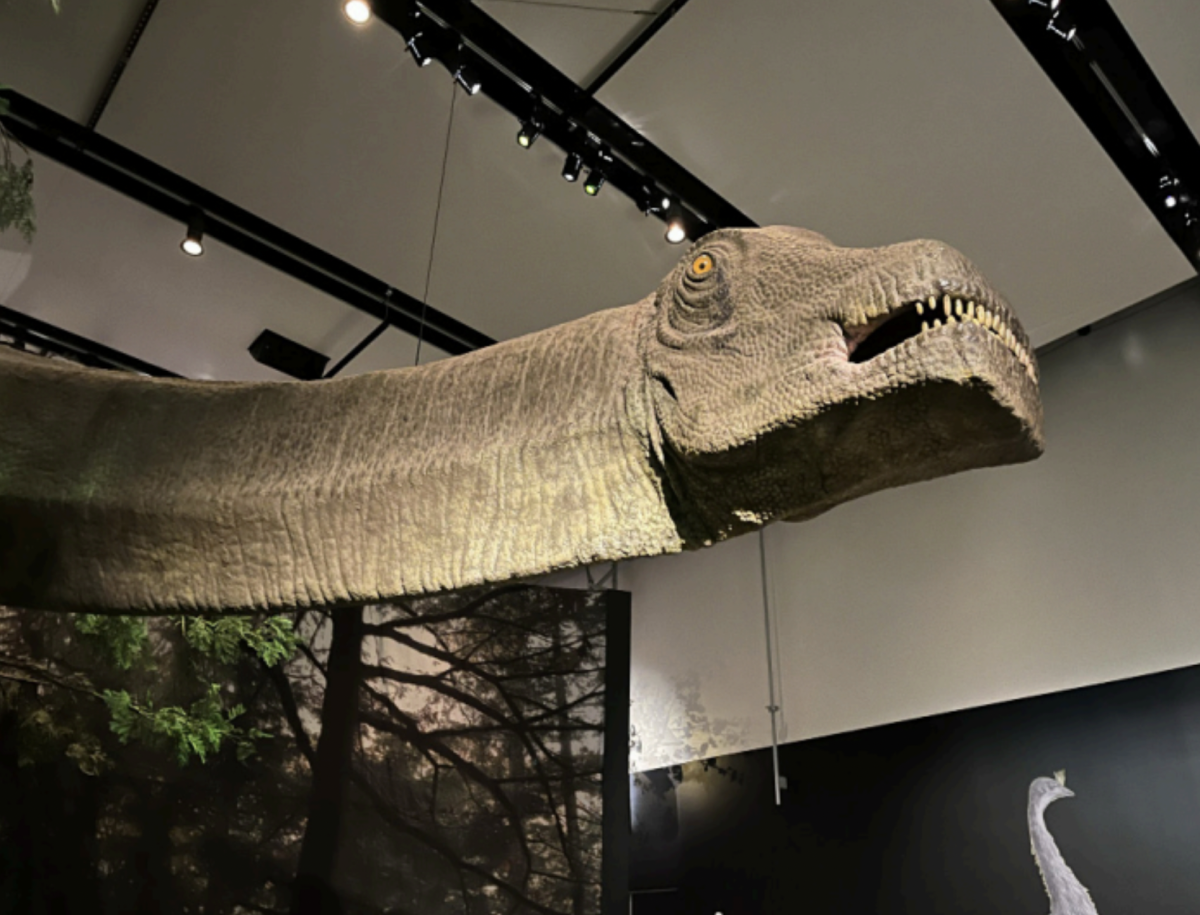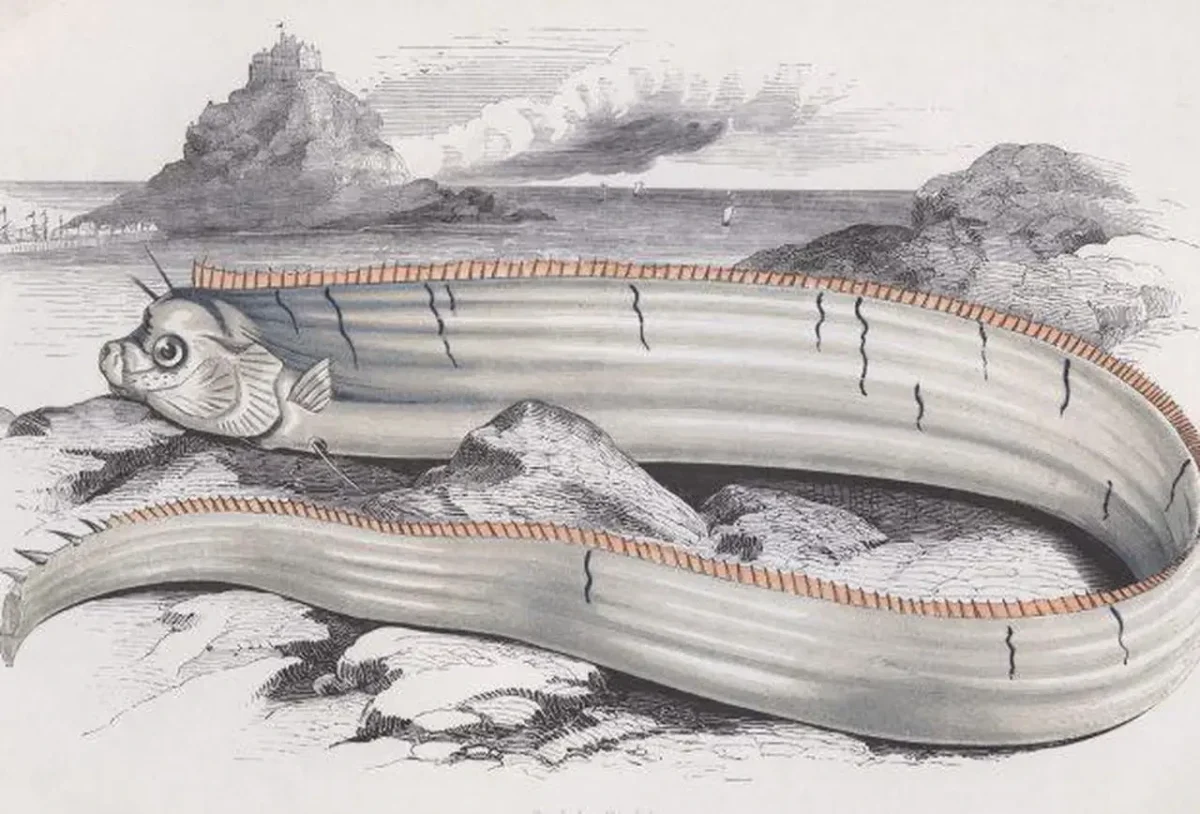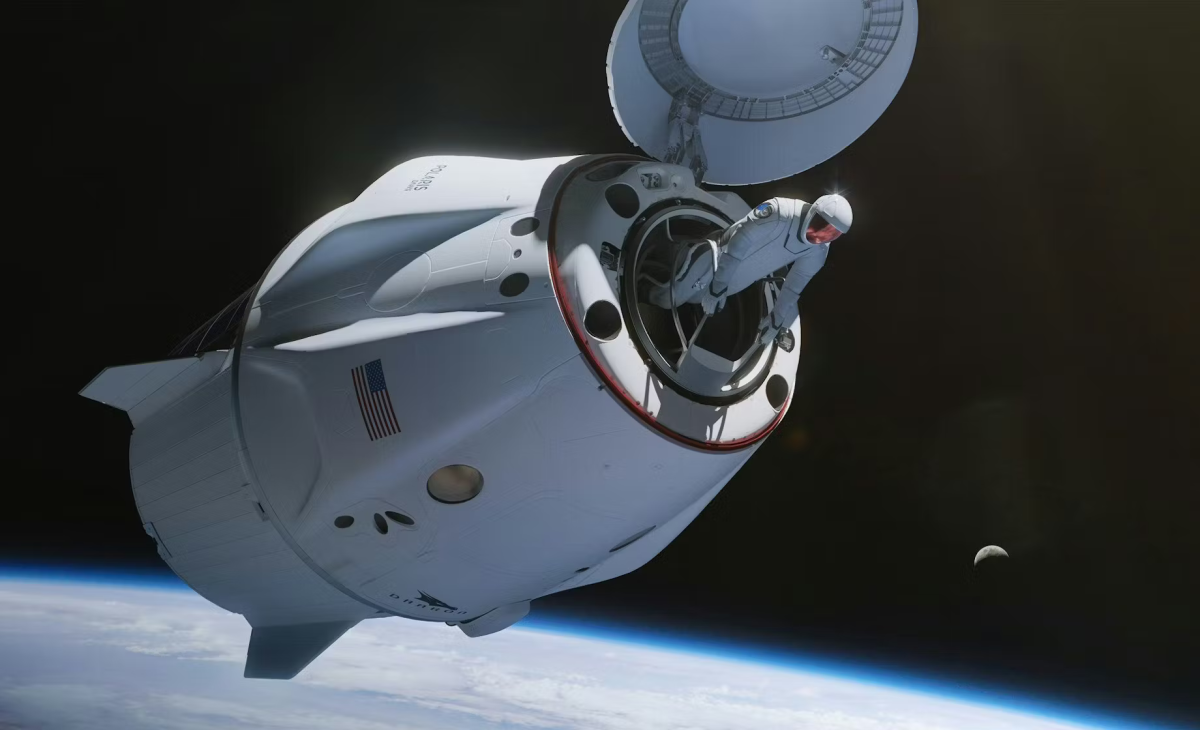The giant dinosaurs are some of the most charismatic prehistoric creatures, and currently, visitors can behold life-size recreations of these awe-inspiring creatures right here in San Francisco.
Earlier this year, San Francisco’s California Academy of Sciences opened its newest exhibit, “The World’s Largest Dinosaurs” – presenting scientifically rigorous interactive exhibitions, accompanied by supporting information and data.
The exhibit is specifically about sauropods – the giant long-necked dinosaurs like Brontosaurus and Brachiosaurus.
The centerpiece of the exhibit is a 60-foot reconstruction of the sauropod dinosaur Mamenchisaurus hochuanensis, which lived in what is now China over 145 million years ago in the Jurassic period.
While massive in its own right, this dinosaur didn’t even approach the size of the largest titans.
The largest dinosaur known to date, Argentinosaurus, debuts as only a head and partial neck – likely because the behemoth simply wouldn’t fit inside the exhibit.
Argentinosaurus, unsurprisingly hailing from modern Argentina, grew to an estimated length of 110 feet,
and weighed over 80 tons – over twice the mass of the full-body Mamenchisaurus on display.
Besides gorgeous models, the exhibition also provides plenty of informative reading on the biomechanics of these animals – how they attained and maintained such massive sizes.
Even casts of the bones themselves are on full display.
One can feel and hold the deceptive lightness of their neck vertebrae, which are filled with air sacs as to allow them to lift their colossal necks.
Also featured, and just as interesting, includes displays pertaining to Sauropod eggs, growth, vasculatory structures, and global distribution – not to forget the obligatory gift shop as well.
Indeed, not everything here is huge – of particular note is a sculpture of a sauropod nest based on a real site in Patagonia.
Said site preserved an expansive Sauropod hatchery, including countless nests of giant Titanosaurs. This is complemented by a rather endearing baby – sometimes called a sauropodlet.
Overall, the new exhibit offers a robust array of information about the size, physiology, growth, and history of the largest animals ever to walk the Earth, all presented in an engaging, digestible format – something certainly worth visiting if you have the chance.







